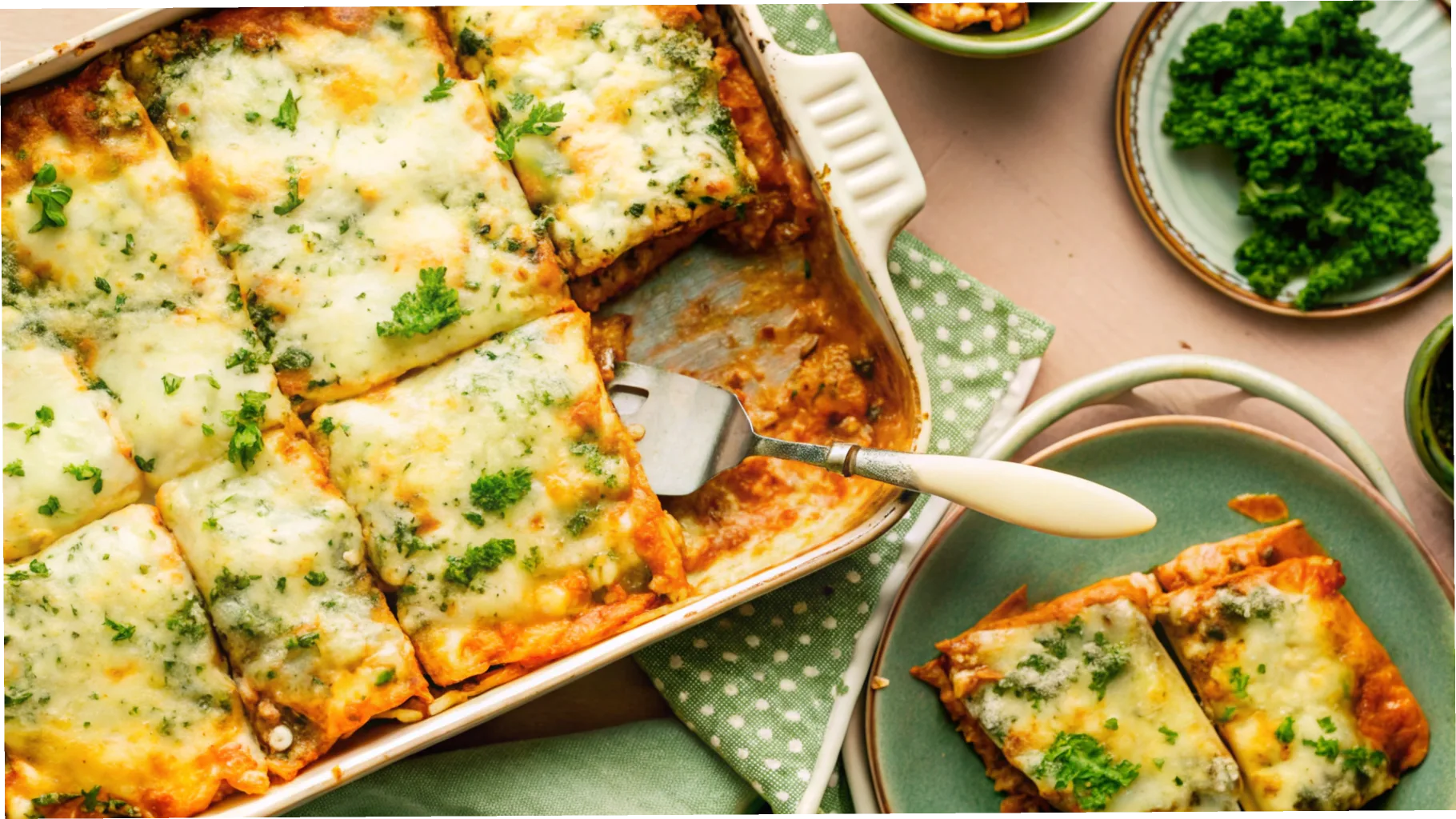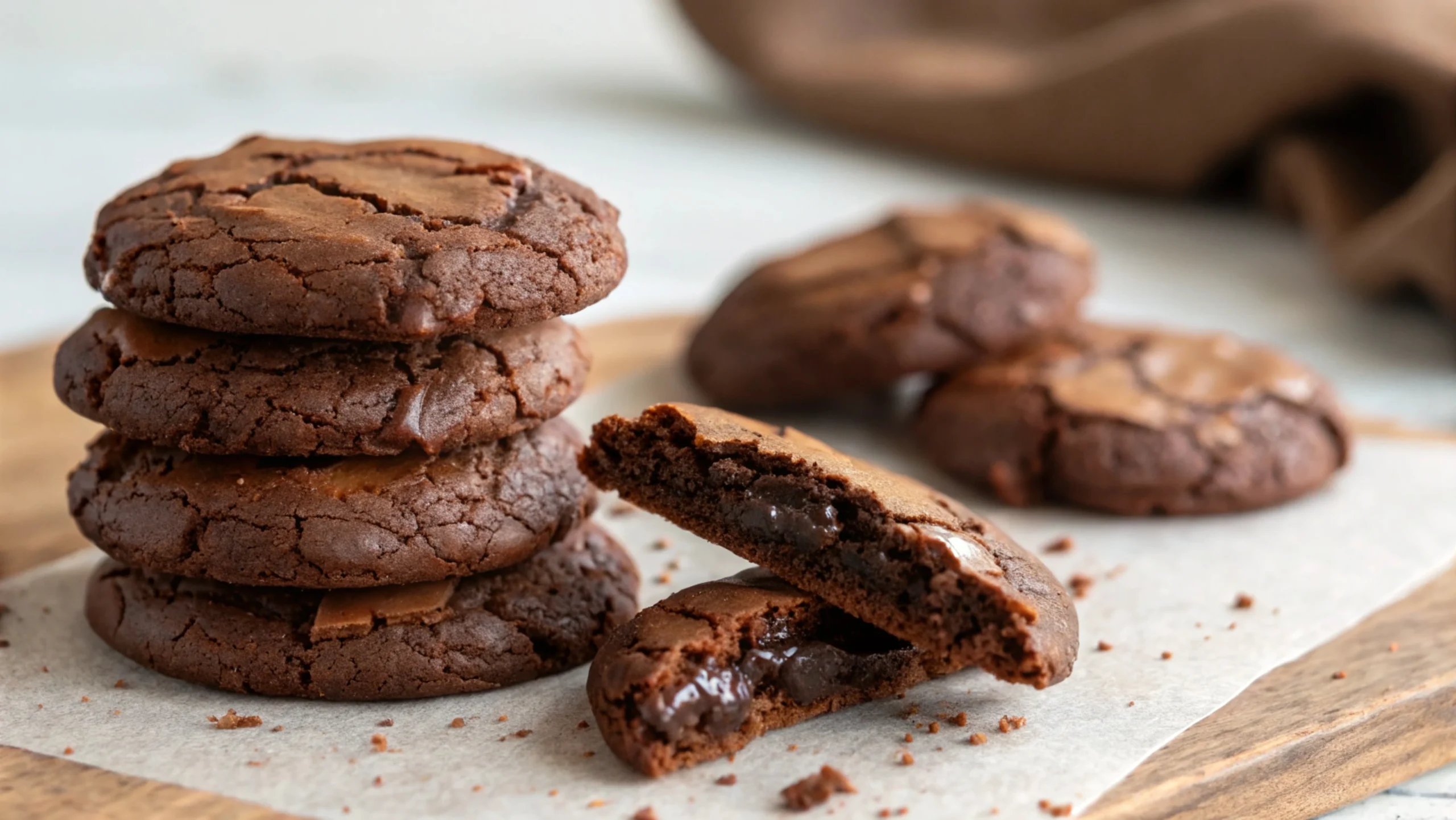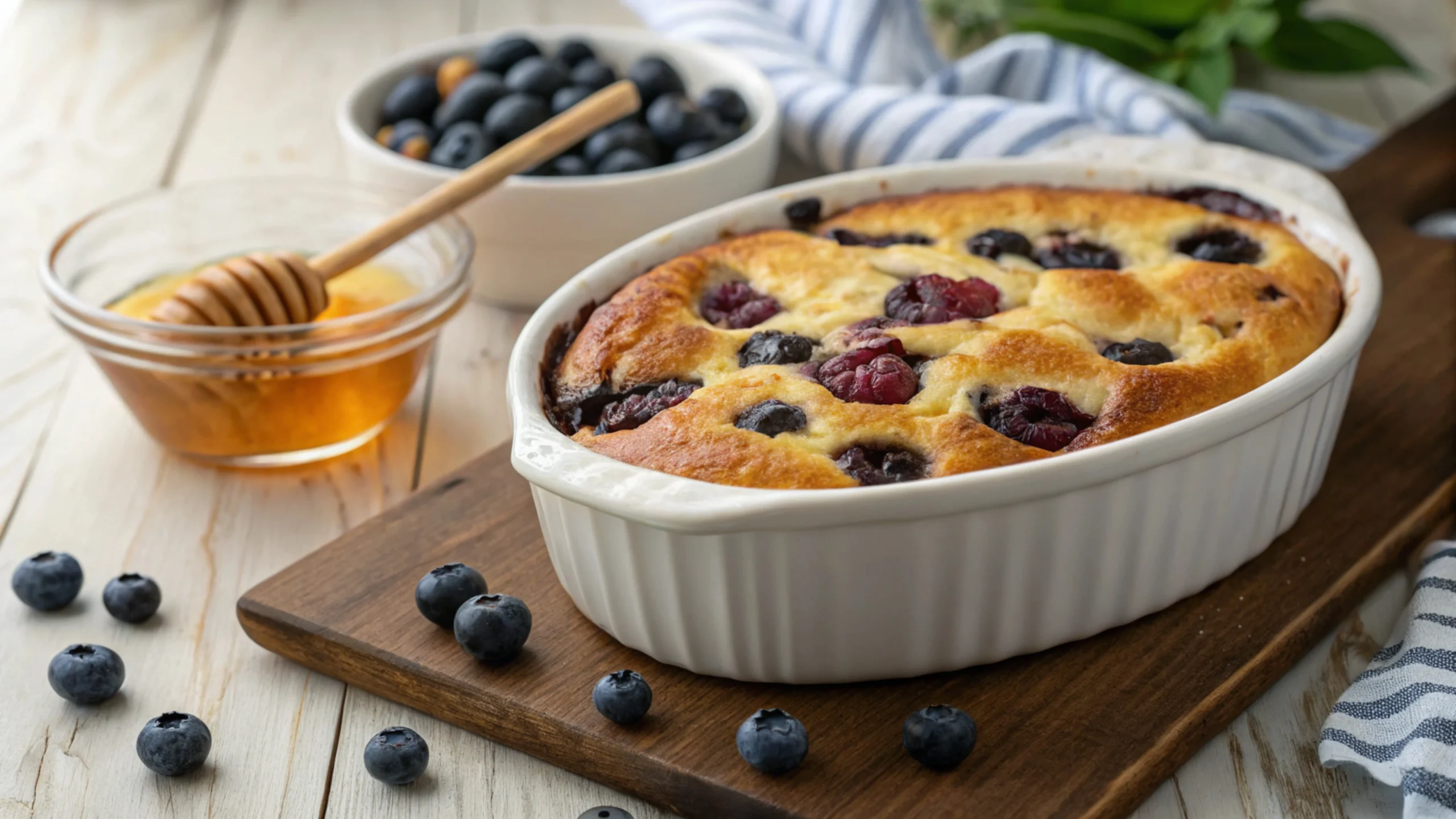Introduction
Cottage cheese is a versatile and nutritious ingredient, beloved for its mild flavor and creamy texture. But when it comes to cooking or baking with it, many home chefs are left scratching their heads with one question: Does cottage cheese melt when baked? This article dives deep into the behavior of cottage cheese in the oven, exploring how it reacts to heat, its compatibility with various recipes, and tips for using it effectively. Along the way, we’ll address common concerns, share expert tips, and uncover the secrets to making the most of this unique cheese.
Table of contents
Understanding Cottage Cheese and Its Properties
What is Cottage Cheese?
Cottage cheese is a fresh, soft cheese made from curdled milk. Its distinct curd-like texture sets it apart from smooth cheeses like cream cheese or ricotta. Made by draining whey from curdled milk, cottage cheese retains some moisture, giving it that characteristic creamy consistency. Packed with protein and low in fat (depending on the variety), it’s a popular choice among health enthusiasts.
How Cottage Cheese Differs from Other Cheeses
Unlike melting cheeses such as cheddar or mozzarella, cottage cheese is an acid-coagulated cheese. This means it’s made using acidic substances like lemon juice or vinegar, which give it its firm yet crumbly texture. Because of this process, cottage cheese doesn’t have the same melting properties as cheeses crafted through rennet coagulation. Instead of turning gooey when heated, it softens and releases moisture, making it a unique choice for baked dishes.
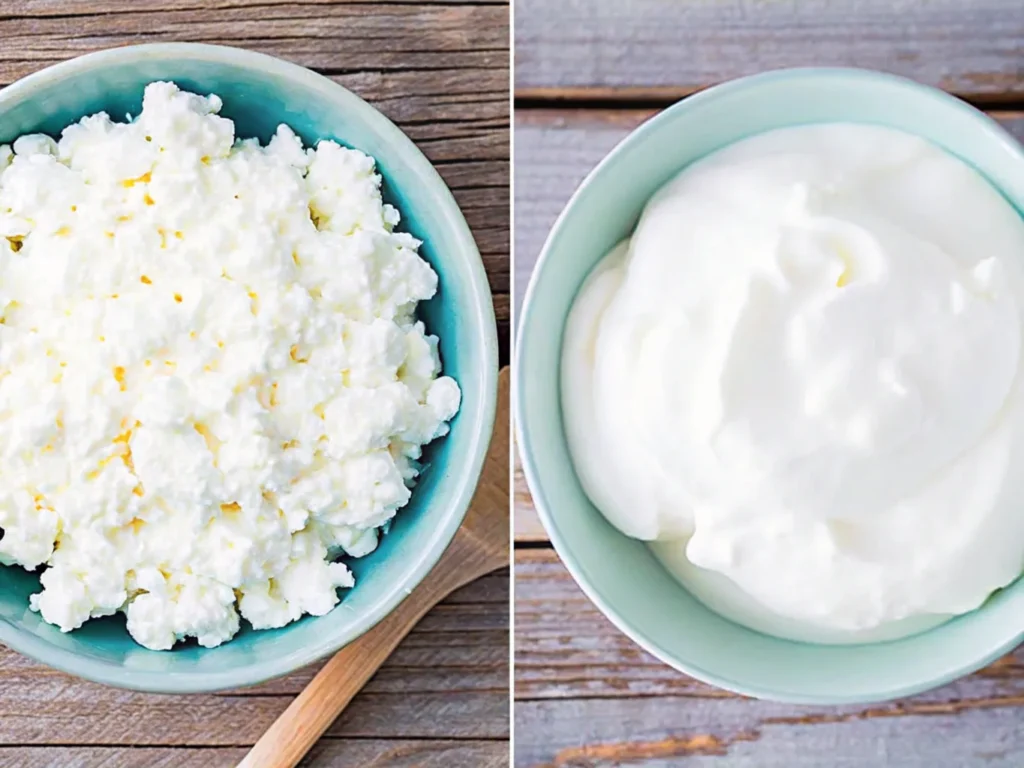
Nutritional Benefits of Cottage Cheese
Beyond its culinary appeal, cottage cheese is a nutritional powerhouse. It’s rich in protein, low in carbohydrates, and offers a healthy dose of calcium and vitamins like B12. Whether you’re baking a savory casserole or whipping up a sweet dessert, incorporating cottage cheese can boost your dish’s health factor.
What Happens When You Heat Cottage Cheese?
Does Cottage Cheese Melt When Heated?
The short answer is no. Cottage cheese doesn’t melt the way traditional cheeses like mozzarella or cheddar do. Instead of turning gooey and stretchy, its curds retain their shape when exposed to heat. The reason lies in its composition—being an acid-coagulated cheese, cottage cheese doesn’t have enough fats or proteins bound in a way that allows melting.
When you heat cottage cheese, its texture changes slightly. The curds may soften, but they won’t fully dissolve into a creamy sauce. This unique quality often raises questions like, Does cottage cheese melt when baked? The answer is a bit more nuanced. While it doesn’t truly melt, it can blend well with other ingredients, adding creaminess to baked dishes without losing its distinct character.
Effects of High Temperatures on Cottage Cheese
When baked or cooked, cottage cheese undergoes a transformation. As it heats up, the moisture content within the curds begins to evaporate. This can cause the curds to shrink slightly, and in some cases, separate into a more grainy texture. However, when combined with other ingredients—like eggs, cream, or sauces—it integrates beautifully without overpowering the dish.
For example, in casseroles or pasta bakes, cottage cheese often serves as a creamy binder that enhances texture. But care must be taken to avoid overcooking, as excessive heat can cause the curds to dry out, creating an undesirable texture.
Using Cottage Cheese in Baked Dishes
How to Incorporate Cottage Cheese in Recipes
Cottage cheese is a versatile ingredient that shines in both sweet and savory baked dishes. In savory recipes like lasagna or casseroles, it serves as a creamy layer that pairs well with sauces and vegetables. By blending cottage cheese with eggs or cream, you can create a smoother texture that spreads evenly across your dish.
In sweet recipes, cottage cheese can be used in place of ricotta for cheesecakes or pancakes. Its slightly tangy flavor complements sugary ingredients, resulting in a well-balanced dessert. For best results, consider blending the cottage cheese beforehand to eliminate its lumpy texture.
Tips for Enhancing Cottage Cheese Texture in Baking
Want to avoid the grainy or separated look of cottage cheese in baked dishes? Here are a few tips:
- Blend for Smoothness: Use a blender or food processor to puree cottage cheese into a creamy consistency. This technique works wonders in recipes where a uniform texture is key.
- Combine with Other Ingredients: Mixing cottage cheese with cream, eggs, or a béchamel sauce can help it integrate seamlessly into your dish.
- Avoid Overcooking: Prolonged exposure to high heat can make cottage cheese curds tough or dry. Bake at moderate temperatures and keep an eye on cooking times.
While many wonder, Does cottage cheese melt when baked?, it’s important to embrace its unique properties instead of expecting it to behave like other cheeses. With the right techniques, cottage cheese can elevate your dishes, offering creaminess, flavor, and nutritional value.
Pros and Cons of Baking with Cottage Cheese
Advantages of Baking with Cottage Cheese
Baking with cottage cheese comes with several benefits. For one, it’s a healthier alternative to many other cheeses. Packed with protein and low in fat, it fits perfectly into balanced diets. Additionally, cottage cheese adds a mild, creamy flavor to baked dishes without overpowering other ingredients. This makes it ideal for recipes like casseroles, flatbreads, and even desserts.
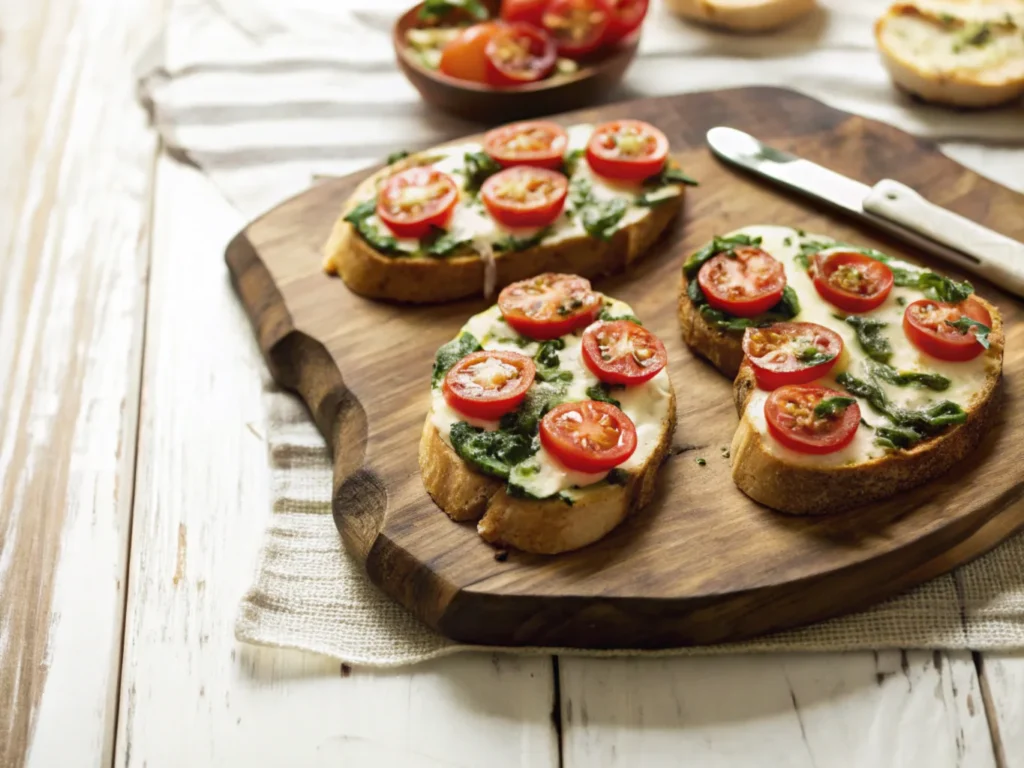
Another advantage is its versatility. Cottage cheese can complement both savory and sweet dishes. It’s especially good for achieving a light, fluffy texture in recipes like pancakes or baked cheesecakes. While it doesn’t melt traditionally, cottage cheese blends well when paired with eggs, cream, or flour, resulting in a smooth and cohesive dish.
For a delightful baking recipe featuring cottage cheese, check out Cottage Cheese Flatbread, which demonstrates how to use this cheese effectively in baked goods.
Potential Drawbacks and How to Overcome Them
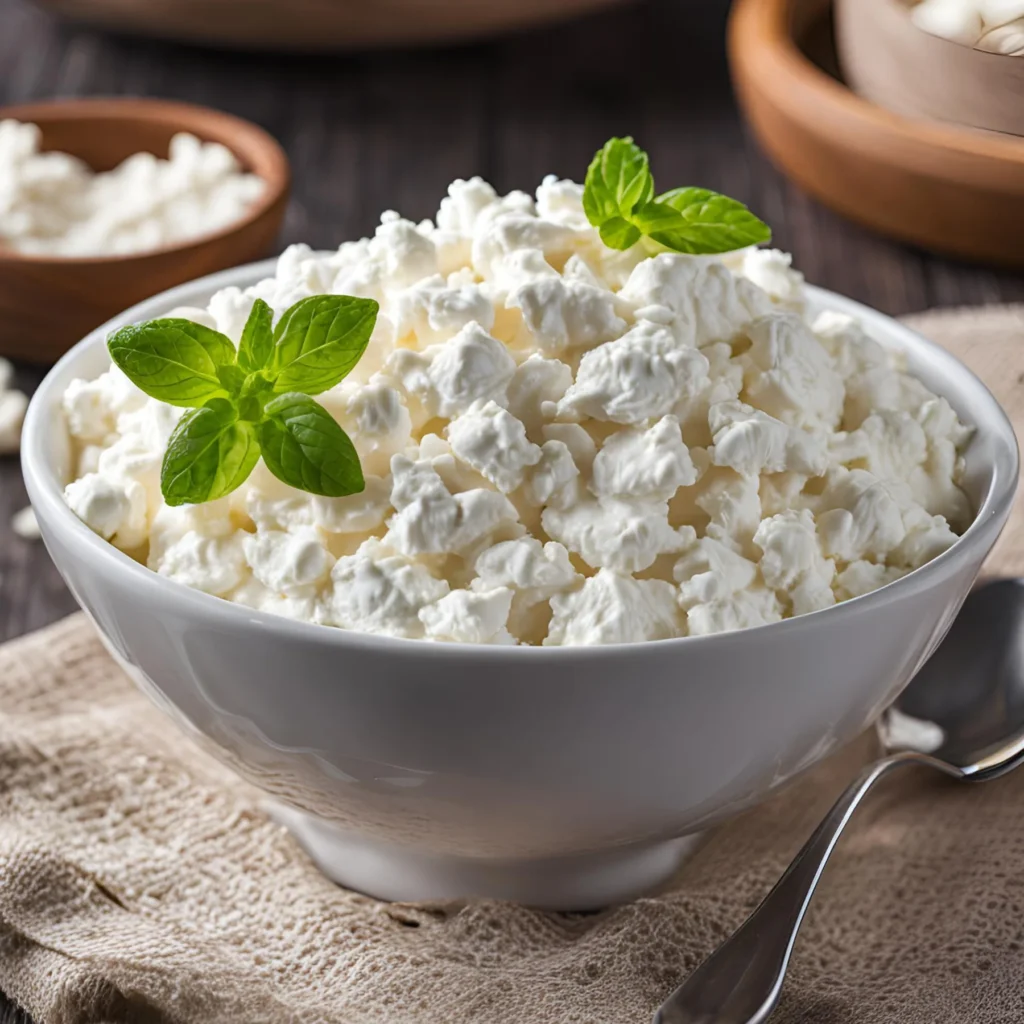
Despite its benefits, cottage cheese poses some challenges in baking. One common issue is its watery texture, which can make dishes runny or cause them to bake unevenly. To address this, you can drain excess liquid or blend the cheese into a thicker consistency before use.
Another drawback is its tendency to separate when overheated. This often leads people to wonder, Does cottage cheese melt when baked? While it doesn’t melt like mozzarella, this quality doesn’t have to be a limitation. Combining cottage cheese with stabilizers like eggs or mixing it into a batter helps prevent curd separation and ensures a more appealing texture.
Step-by-Step Guide to Baking with Cottage Cheese
🟡 1️⃣ Choose the Right Cottage Cheese
Selecting the right cottage cheese is the foundation of a successful bake. For recipes that require smooth textures, opt for small-curd cottage cheese, as it blends better than large-curd varieties. Additionally, full-fat cottage cheese typically adds more creaminess compared to low-fat or fat-free options.
If the cottage cheese is too watery, strain it using a fine mesh sieve or cheesecloth for about 15–20 minutes to remove excess liquid. This simple step ensures that your dish doesn’t end up overly runny.
🟡 2️⃣ Blend for Smoothness (Optional)
For recipes where you want a creamy consistency, blend the cottage cheese. Use a blender or food processor to puree it until smooth. This is particularly useful for dishes like cheesecakes, custards, or sauces, where a silky texture is key. On the other hand, if you want to maintain some texture, skip this step.
🟡 3️⃣ Prepare the Ingredients
Cottage cheese works best when paired with ingredients that complement its natural tanginess. For savory recipes, combine it with eggs, seasonings, and grated cheese like Parmesan for added depth of flavor. In sweet dishes, mix it with sugar, vanilla, and a pinch of salt to enhance its subtle sweetness.
🟡 4️⃣ Incorporate into Your Recipe
Once the cottage cheese is prepped, fold it into your dish. For layered recipes like lasagna, spread it evenly to ensure consistent texture and flavor throughout. In batters, whisk it in gently to avoid overmixing, which could affect the final texture of your bake.
🟡 5️⃣ Bake at the Right Temperature
Cottage cheese performs best when baked at moderate temperatures, typically between 325°F and 375°F (160°C to 190°C). High heat can cause curd separation or dryness, so it’s important to monitor your dish while it bakes. Follow your recipe’s guidelines for time and temperature.
🟡 6️⃣ Garnish and Serve
Once baked, allow your dish to cool slightly before serving. Cottage cheese-based bakes are often best when garnished with fresh herbs, grated cheese, or a drizzle of sauce. This final touch not only enhances presentation but also complements the cheese’s flavor.
FAQs
Does cottage cheese melt when you bake it?
Cottage cheese doesn’t fully melt when baked due to its high protein and low-fat content. Unlike cheeses like mozzarella or cheddar, it holds its texture and becomes creamy rather than gooey. This makes it great for dishes where you want a soft, rich texture.
Why isn’t my cottage cheese melting?
Cottage cheese doesn’t melt like traditional melting cheeses because it contains less fat and more protein. Proteins in cottage cheese coagulate when heated, causing it to firm up rather than liquefy.
What does cottage cheese do in baking?
In baking, cottage cheese adds moisture, creaminess, and a subtle tangy flavor. It’s often used in recipes like cheesecakes, casseroles, or baked goods to create a rich, tender texture without making the dish overly heavy.
Does cheese melt in the oven?
Most cheeses melt in the oven, but the degree of melting depends on the type of cheese. Soft, high-fat cheeses like mozzarella melt easily, while high-protein cheeses like cottage cheese retain their structure.
Why are people baking cottage cheese?
Baking cottage cheese has become popular because it’s versatile, nutritious, and adds creaminess to recipes without excessive fat. It’s often used in healthy dishes or desserts, offering a protein-packed alternative to heavier ingredients.
Does cottage cheese lose protein when heated?
No, cottage cheese doesn’t lose its protein content when heated. However, its texture changes as the proteins coagulate. The nutritional value remains intact, making it a great option for cooked or baked dishes.
For more creative ways to bake with cottage cheese, explore Baked Cottage Cheese Recipe for inspiration on how to make the most of this versatile ingredient.
Conclusion
Cottage cheese is a versatile, healthy ingredient that brings a unique touch to both savory and sweet baked dishes. While it doesn’t melt like traditional cheeses, its soft curds and creamy texture can enhance recipes in unexpected ways. By understanding how cottage cheese reacts to heat and learning the right techniques—like blending, pairing with complementary ingredients, and baking at moderate temperatures—you can make the most of its distinct properties.
So, the next time you’re wondering, Does cottage cheese melt when baked?, embrace its uniqueness and experiment with this adaptable ingredient. Whether you’re crafting a lasagna, a casserole, or even a cheesecake, cottage cheese has the potential to elevate your creations, making them not only delicious but also healthier. Happy baking!

